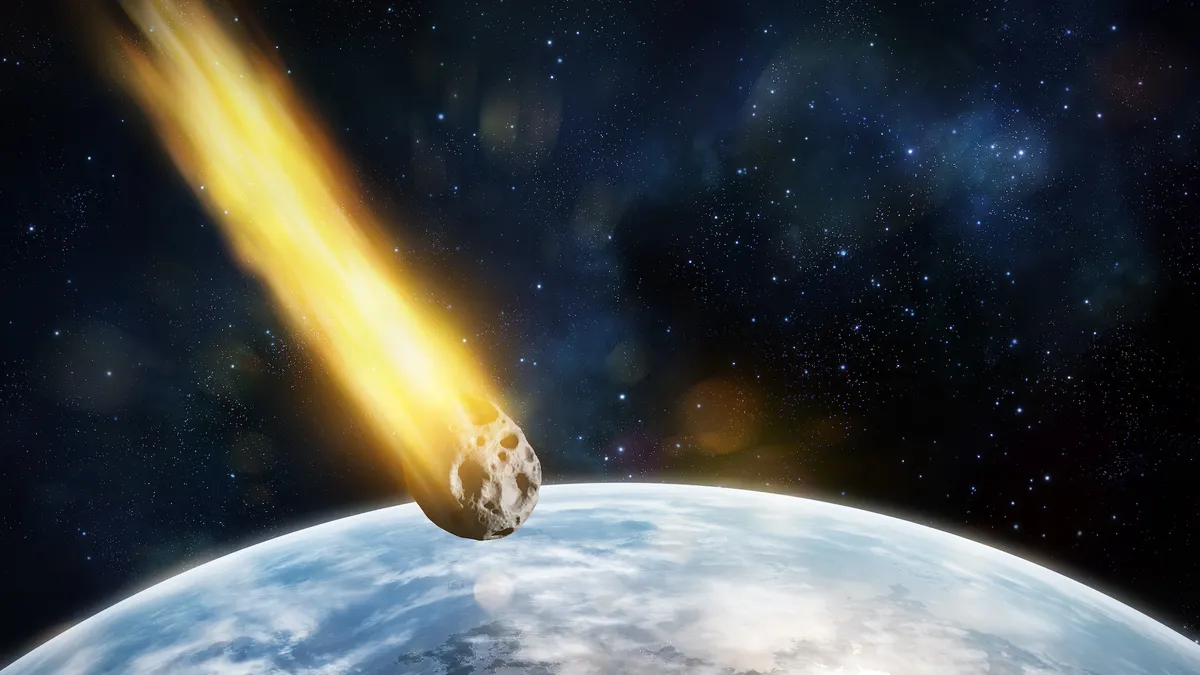
The James Webb Space Telescope (JWST) has conducted its final observations of the potentially hazardous asteroid 2024 YR4 until it returns near Earth in 2028. Recent data suggests that while there is no immediate risk of the asteroid impacting Earth, the moon could face a greater threat. This revelation stems from observations made using JWST's Near-Infrared Camera in May, which allowed scientists to refine their calculations of the asteroid's trajectory with unprecedented accuracy.
According to a statement from NASA, the updated predictions indicate a 4.3% chance that asteroid 2024 YR4 may collide with the moon on December 22, 2032. This is an increase from the previous estimate of 3.8% following the initial imaging of the asteroid in March. NASA representatives noted that as more data becomes available, it is common for the assessed probability of impacts to change.
Asteroid 2024 YR4 is a considerable space rock, measuring between 174 and 220 feet (53 to 67 meters) in diameter, comparable in width to the Leaning Tower of Pisa. If this asteroid were to strike Earth, it could unleash destruction equivalent to 500 Hiroshima bombs, according to Live Science. However, it is essential to emphasize that there is currently no risk of an Earth impact in the foreseeable future.
First discovered in December 2024, astronomers recognized that the asteroid's orbit crosses that of Earth. Initial projections raised concerns about a potential collision with Earth in 2032, with the impact probabilities peaking at 3.1% in February. However, subsequent observations from JWST and ground-based telescopes have successfully recalibrated the asteroid's trajectory, reducing the likelihood of an Earth impact to zero.
As the chances of asteroid 2024 YR4 hitting the moon have increased, experts suggest that a lunar collision would create a new crater but would not significantly harm Earth's satellite. In fact, some scientists view this potential impact as an opportunity to enhance our understanding of asteroid impact predictions.
NASA plans to conduct further observations of asteroid 2024 YR4 when its orbit brings it back into proximity with Earth in 2028. Continuous monitoring of such asteroids is crucial not only for assessing potential threats to our planet but also for advancing our knowledge of these celestial bodies.
This ongoing research highlights the importance of tracking hazardous asteroids. In related news, NASA has identified the five most dangerous asteroids to Earth, emphasizing the need for robust monitoring systems. As scientists continue to study these space rocks, they remain vigilant about other potential threats, including a swarm of hidden 'city killer' asteroids around Venus that could one day pose a risk to Earth.